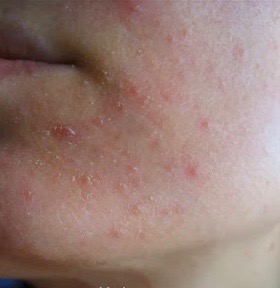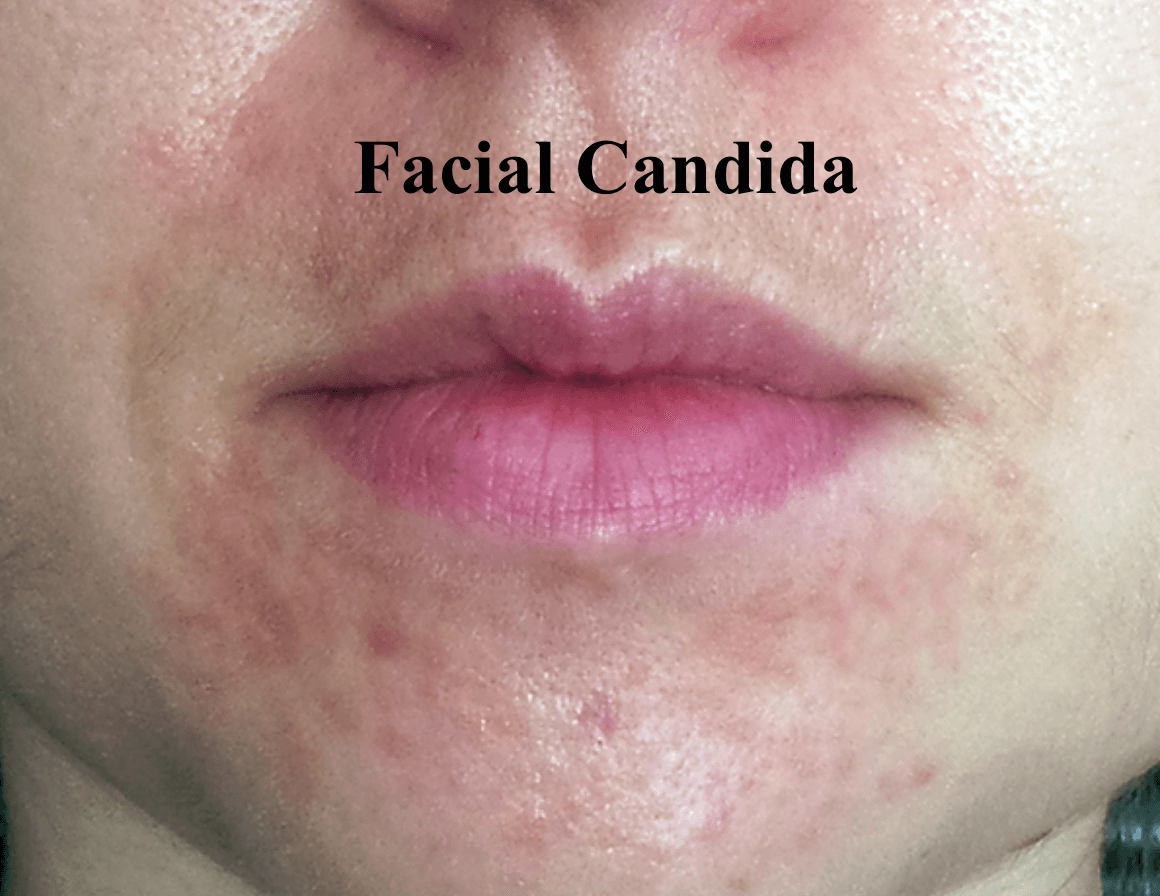Within the past couple of weeks we have had patients with different skin irritations, one of them being Candida. Candida is the term to describe yeast growing on the face, or anywhere else on the skin. It sounds scarier than it is, but it must be handled with care and caution because yeast can spread. In this weeks blog we hope to educate not only our patients, or readers, but other aestheticians who have patients with Candida but are not necessarily aware of what it is. Facial yeast can be treated, but not aggressively. In this article I will summarize the causes and symptoms of Candida, and give helpful tips on how to treat it.
 Luckily at Lea Advanced Skincare, our expert Aesthetician Lea Eigard, has a keen eye for different skin irritations but facial yeast is not always the easiest skin irritations for aestheticians to diagnose. It can sometimes look like just a rash, or even a cluster of white heads. But with Lea’s years of experience she is able to point it out with ease. Candida is a rash that develops on the skin from an over production of yeast. The rash can be itchy, red and inflamed. It may not always be red and inflamed, but just bumpy, which makes it hard to differentiate from other skin irritations.
Luckily at Lea Advanced Skincare, our expert Aesthetician Lea Eigard, has a keen eye for different skin irritations but facial yeast is not always the easiest skin irritations for aestheticians to diagnose. It can sometimes look like just a rash, or even a cluster of white heads. But with Lea’s years of experience she is able to point it out with ease. Candida is a rash that develops on the skin from an over production of yeast. The rash can be itchy, red and inflamed. It may not always be red and inflamed, but just bumpy, which makes it hard to differentiate from other skin irritations.
For those of you who are unaware, yeast is considered a fungal infection. Although a small amount of yeast already lives on the skin naturally, when the fungus multiplies on the skin uncontrollably, it causes an infection! This over production of yeast can develop from a few things. Sometimes it can be caused from warm weather, or poor hygiene. But mainly it is stimulated by the diet. The digestive system is sensitive and when it is altered by consuming a heavy amount of sugar, caffeine, alcohol and refined foods the balance of certain beneficial bacteria is thrown off. Causing the skin to flair up and over produce yeast.
When Candida flairs up on the skin, we recommend a Candida- friendly diet. This includes an increase in your water intake, as well as introducing herbal teas to your diet that will cleans the digestive track. Teas that contain ginger, lemongrass or peppermint can help keep candida clean. Obviously a sugar free diet, as well as a lack of alcohol consumption would be the most ideal to free yourself of facial yeast. Like everything else, reliving your skin from Candida is a process, and does not happen over night!
Unfortunately we have had patients who have seen other aestheticians while having a Candida flare up, and their skin was over stimulated which caused the yeast to spread. We highly recommend that yeast infections be handled with precaution and care because they can scab, and when over stimulated they can become extremely sensitized and uncomfortable. For example, if you have facial Candida you should not be receiving a microdermabrasion treatment, or over simulating the skin with any different types of acids (over exfoliation and chem peels are a form of trauma and should be avoided for facial yeast). Candida can be flared up from any over use of exfoliation on the skin. The skin should be approached with anti-fungi topical treatments, and soothing masks to reduce irritation. It is also recommended that heavy moisturizers, that contain sugars should not be topically used over a Candida flair up. If you are experiencing a Candida flair up and you are uncertain on how to approach it, or how to clean up your diet, come visit us at Lea Advanced Skincare and we will provide you with some helpful tips!
Leave a Comment
You must be logged in to post a comment.


